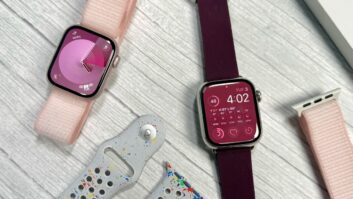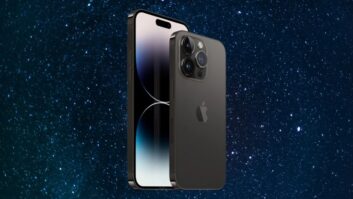
The Apple Watch recently started shipping to consumers who placed online orders with the tech giant. According to early estimates, almost a million people in the U.S. pre-ordered, on average, 1.3 of the watches apiece (1.244 million in total). By the end of May, Apple will also ship another million devices to customers in eight countries around the world, including China, Germany, Australia and Japan.
Although 6.8 million smart watches were sold in 2014 by brand names such as Samsung, Lenovo, and Sony, none of those companies have the consumer cachet that Apple enjoys. For many industry observers, the Watch debut therefore marks the next step in the evolution of e-commerce — w-commerce, an offshoot of m-commerce. With smart watches predicted to make up 40 percent of all wrist-worn devices by 2016, retailers need to recognize the opportunities (and challenges) that such growth presents.
The Apple Watch can help retailers build tighter bonds with their customers.
People usually wear watches all day, if not round-the-clock (although smart watches run down much more quickly than regular timepieces). Watches are also easier to check (and harder to ignore) than smartphones, and wearers already do so regularly. Retailers can feed, reward and profit from those ingrained behaviors via GPS-enabled apps, customized alerts and usable coupons that can draw Watch wearers into nearby locations (and to precise items) to take advantage of timely, targeted deals.
Target’s Cartwheel app, for example, offers shoppers stackable coupons that help them save right at checkout. In its first year alone, it was one of the top 20 lifestyle apps sold via Apple, attracting over 7 million users and resulting in hundreds of millions of incremental sales. Adapting Cartwheel for the Watch will give Target customers an easier checkout flow — and another reason to keep coming back.
A retailer’sWatch efforts are just a small part of an omnichannel strategy.
The small screen isn’t an ideal shopping platform, so actual sales made on Watches will be minimal, at least to start. Retailers should instead rely on simple, easy-to-use apps and offers to engage customers and spur them to take further action. Stores, restaurants, hotels and other services might also use the Watch, together with Apple Pay, to simplify their payment processes, thereby offering customers greater convenience and enhancing their experience.
Apple Watch users are tech-savvy and affluent.
With prices ranging from $349 for an aluminum Sport model to $17,000 for an 18-karat gold Edition version, Apple Watches are designed to compete not just with smart watches but also in the jewelry and luxury wristwatch market. Apple buyers, of course, tend to be both more prosperous and more comfortable with the latest technologies than typical online shoppers. The Watch audience will therefore comprise more well-to-do, fashion- and gadget-conscious consumers than the U.S. average. These are ideal prospects for retailers that sell high-end, innovative products and services — and for retailers trying to increase their customers’ average order values.
Smart watches aren’t invitations to intrude.
A consumer’s ability to engage constantly with online stores shouldn’t be mistaken for a desire to do so. Retailers can reap the benefits of sending timely, relevant messages to interested smart watch shoppers, but they’ll also risk losing customers if they continually interrupt their lives.
The Apple Watch is being met with skepticism in variousquarters, and it may not meet expectations, at least initially. Nevertheless, it represents a new phase of mobile commerce, and retailers should be prepared to take advantage of the opportunities that will accompany the growth of smart watches.
Tom Caporaso is CEO of Clarus Marketing Group.












